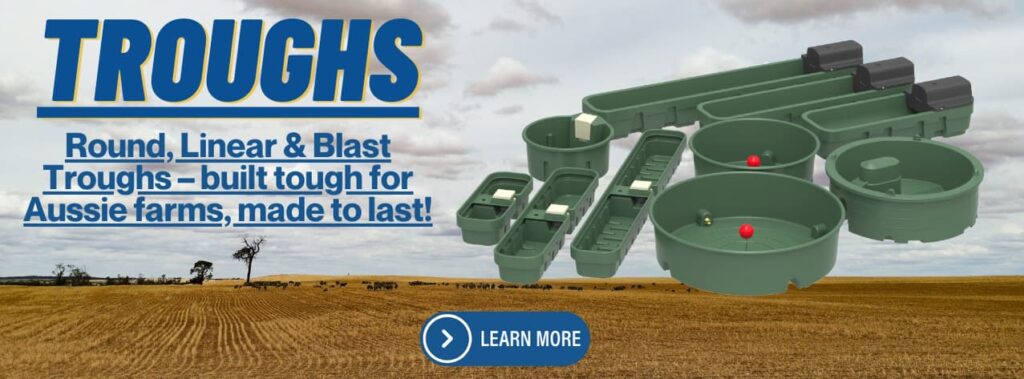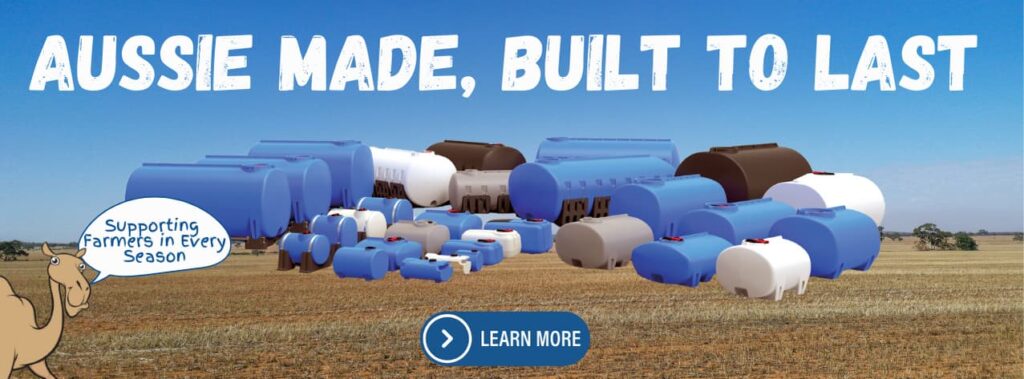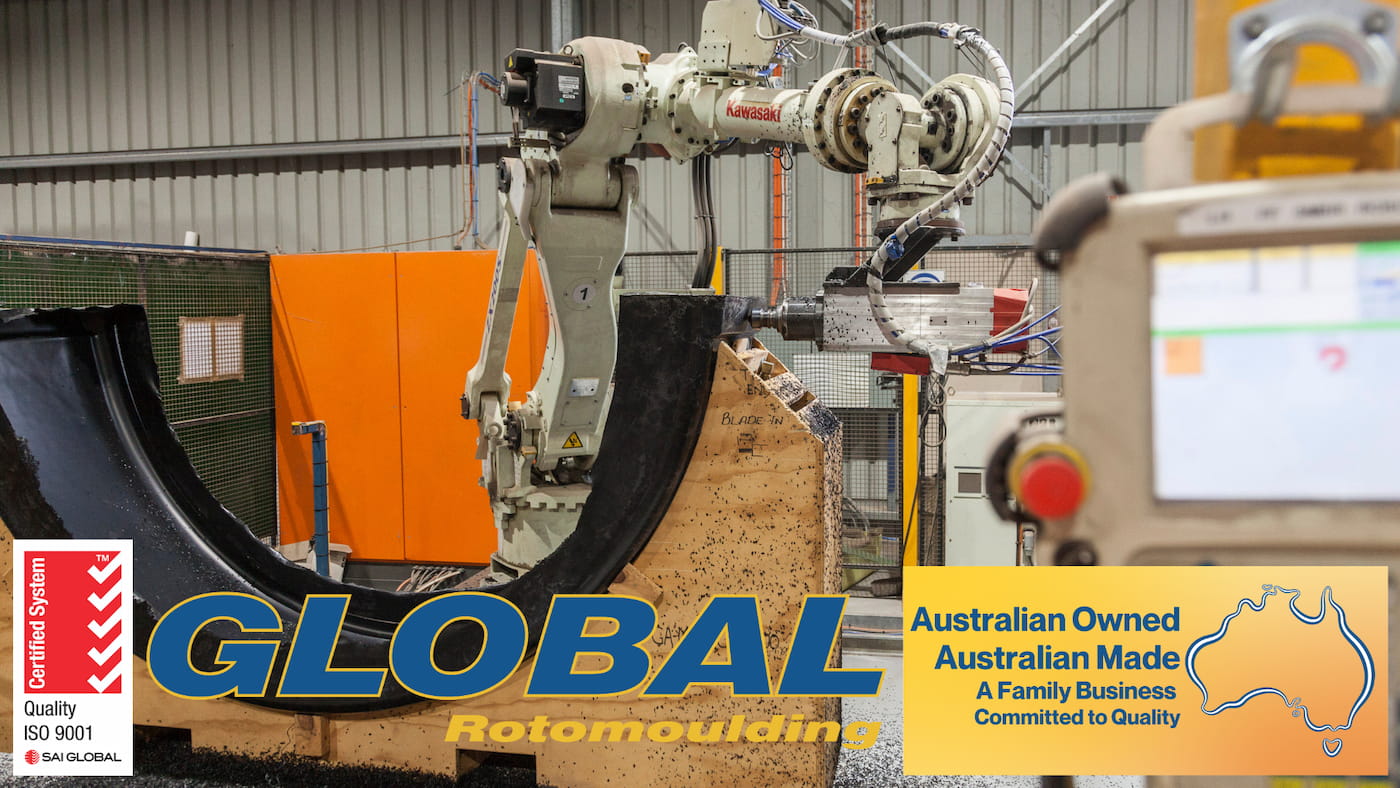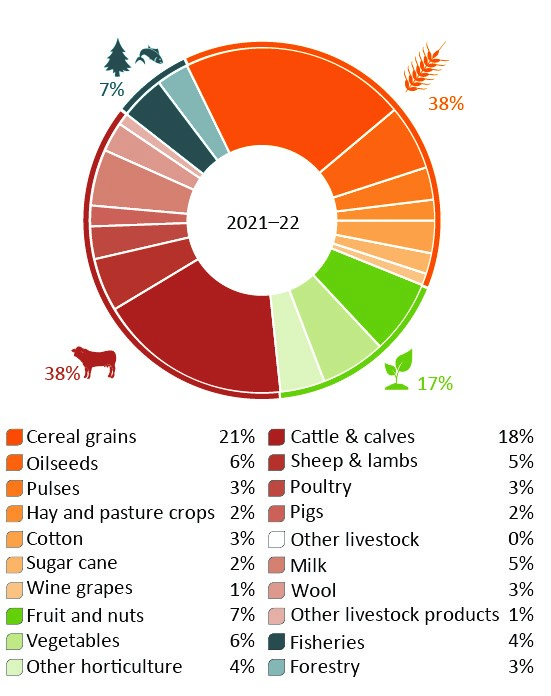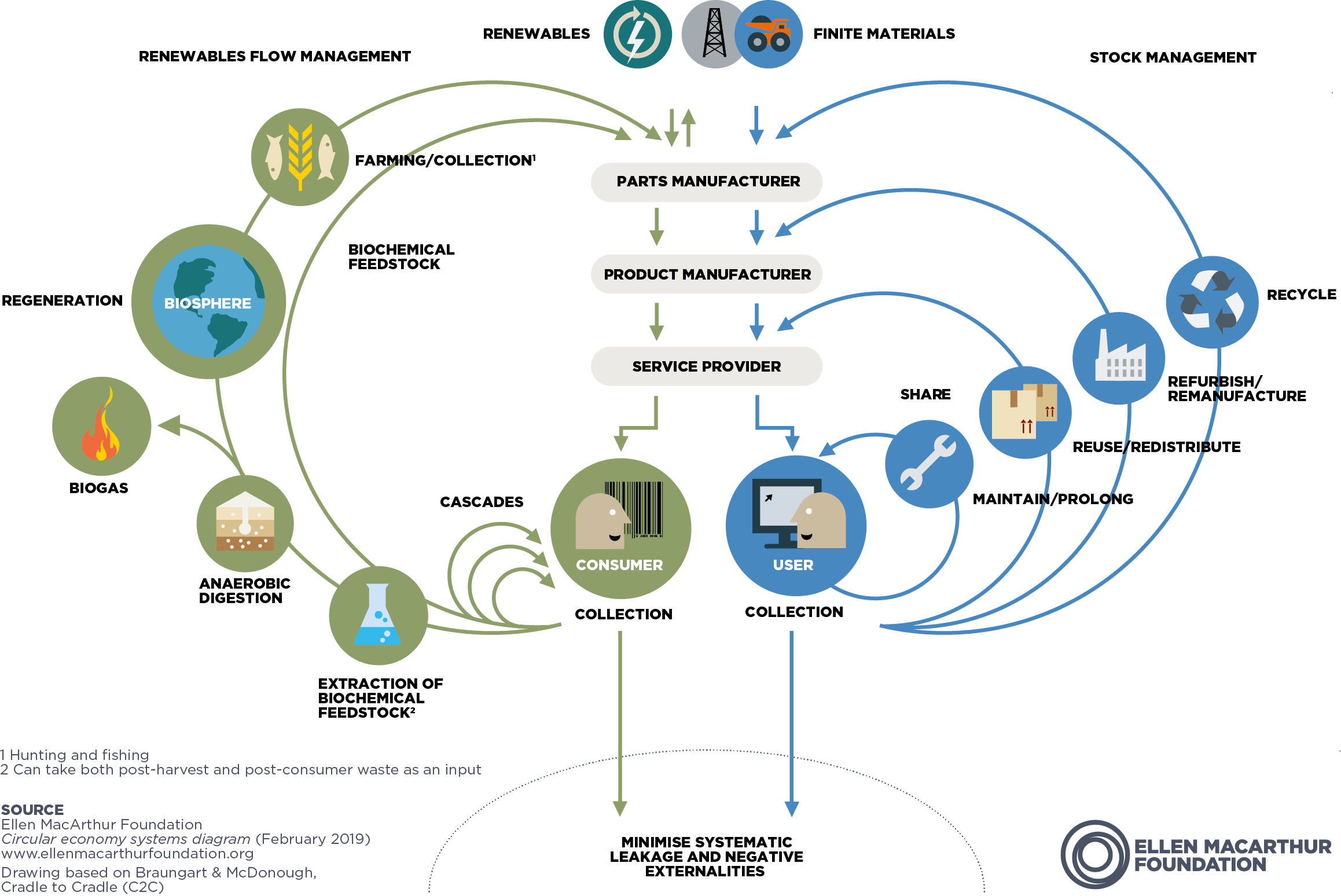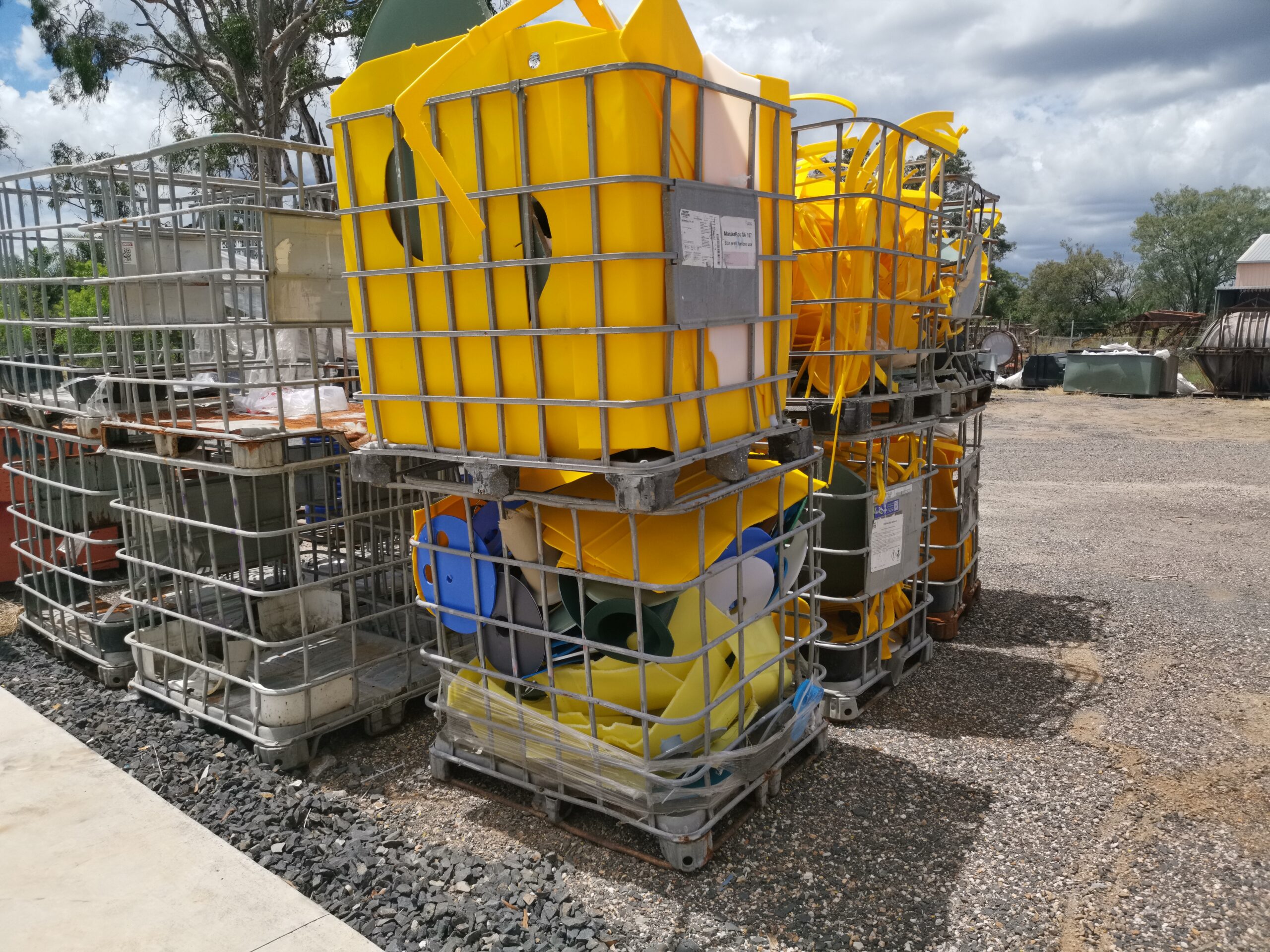Up to $5,000 in Drought Support for SA Farmers – Apply Now
New $18M State Government Drought Package to Support SA Farmers
With South Australia facing some of the driest conditions on record, the State Government is rolling out an $18 million drought assistance package to help primary producers manage drought conditions and build resilience for the future.
If you’re a farmer dealing with low rainfall, struggling water supply, or feed shortages, now is the time to secure funding to improve your on-farm infrastructure.
Rebates of up to 75% (max. $5,000) are available to help with water storage, stock containment, and farm upgrades – and Global Rotomoulding is here to assist with cartage tanks, water troughs, and farm storage solutions to help you get the most out of your rebate.
What’s Available?
💰 Up to $5,000 rebate (75% co-funded) for drought infrastructure upgrades
🚜 Funding for water systems, grain & fodder storage, stock containment & more
🌱 Community event grants to support mental health & social connections
📍 Free Family & Business Mentors to provide financial & emotional support
How Can You Use the Grant?
This rebate covers on-farm infrastructure improvements designed to help farmers withstand drought conditions, including:
✔️ Water Infrastructure & Storage – Install cartage tanks, troughs & reticulated water systems 💧
✔️ Fencing & Stock Containment – Improve livestock feeding and protection 🐂
✔️ Grain & Fodder Storage – Keep feed secure and protected for dry seasons 🌾
✔️ Soil Moisture Monitors & Weather Stations – Track & manage your farm’s conditions 📊
🚛 Need Tanks or Troughs? Global Rotomoulding has you covered.
We offer a full range of cartage tanks, water storage tanks, and troughs designed to help farmers improve water efficiency and drought preparedness. Whether you’re transporting water to stock or setting up an on-farm storage solution, we can help you make the most of your rebate.
Additional Support Available for Farmers
💡 Community Event Grants – Get up to $5,000 to run local events that provide mental health support and social connection for farming communities.
📞 Family & Business Mentors – Free, confidential financial & business advice for farmers struggling with drought hardship.
🏦 Financial Support Programs – Includes low-interest loans, farm debt mediation, tax relief, and telecommunications bill assistance.
How to Apply
📌 Step 1: Ensure your farm is eligible for the On-Farm Drought Infrastructure Rebate
📌 Step 2: Gather quotes for eligible projects (Global Rotomoulding can assist with water storage solutions)
📌 Step 3: Submit your full application for approval (if you’ve already submitted an expression of interest, you must now apply formally)
📌 Step 4: Upon approval, complete your infrastructure upgrades & claim your rebate
📩 Need more information? Contact PIRSA.drought@sa.gov.au or call 1800 931 314
🔗 Apply Now & Secure Up to $5,000 for Your Farm 👇
Global Rotomoulding – Australian Owned, Australian Made, A Family Business Committed to Quality.

